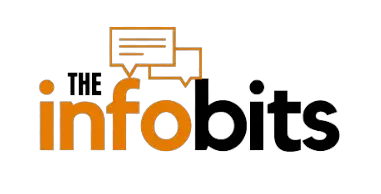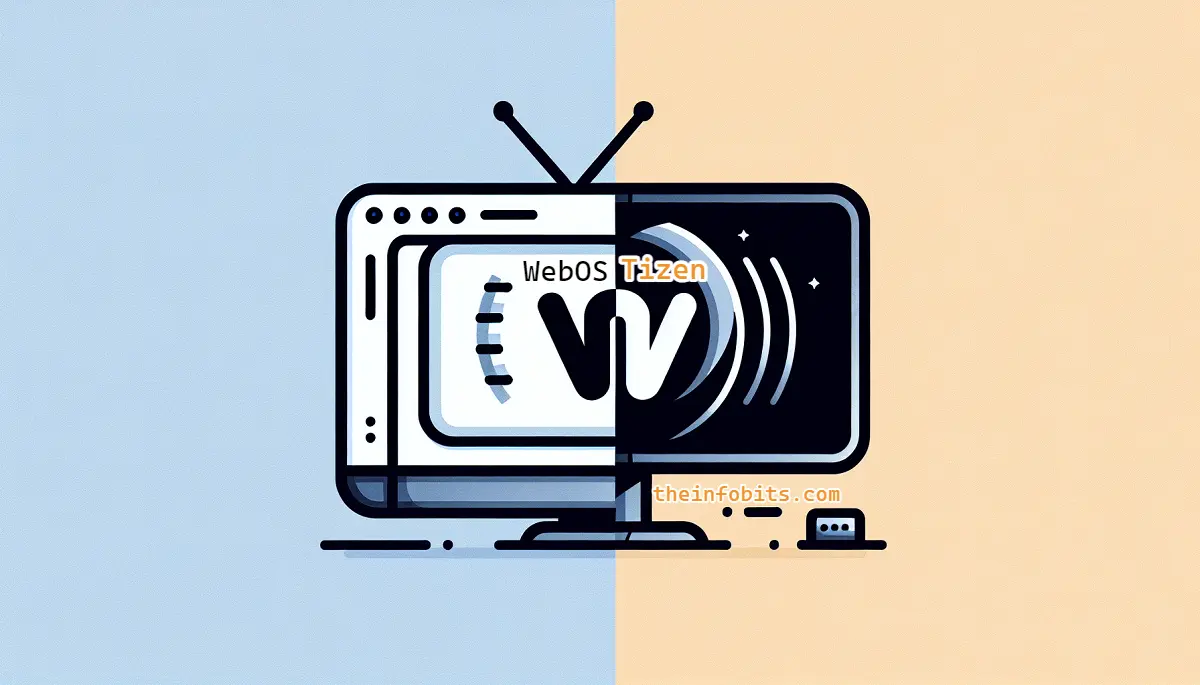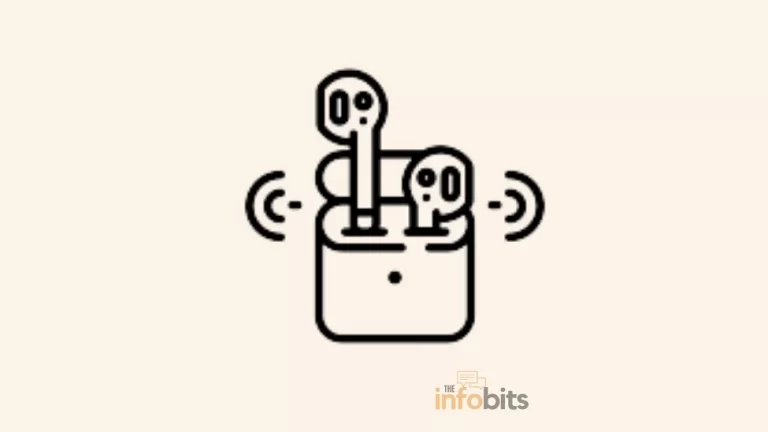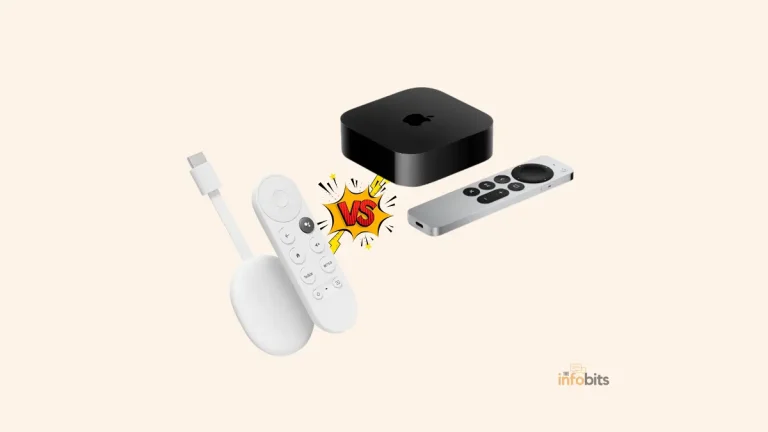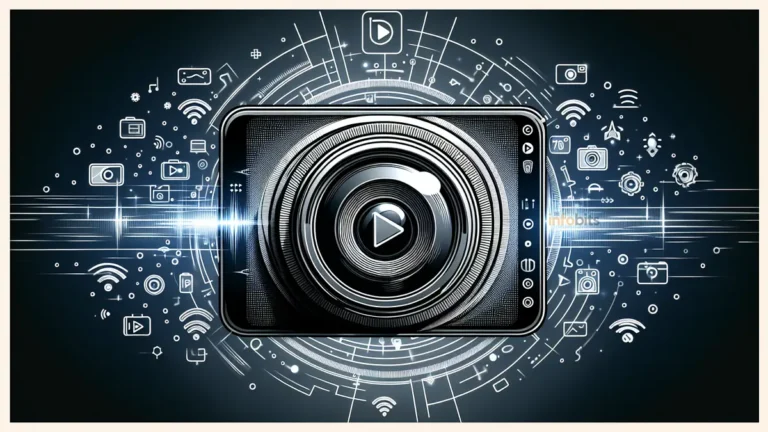WebOS vs Tizen: Which One Is Right for Your TV?
In an era where smart devices are becoming increasingly ubiquitous, the operating systems that power our TVs, watches, and other smart appliances play a pivotal role in shaping our user experience.
Two major contenders in this landscape are webOS and Tizen, each commanding features, capabilities, and loyal user bases.
Both platforms have evolved, competing to provide intuitive user interfaces, compelling apps, and smooth performance across various devices.
In this article, we delve into the intricacies of WebOS vs Tizen, comparing their histories, features, strengths, limitations, and overall ecosystems to help users and developers understand the nuances and make informed decisions about which platform might suit their needs best.
WebOS: An Overview
History and Development
Initially developed by Palm, Inc., WebOS first emerged to power smartphones, aiming to compete with iOS and Android.
After Palm’s acquisition by HP, WebOS transitioned from phones to also include tablets, but it struggled to gain a significant market share.
The platform underwent a transformation when LG Electronics took over and incorporated WebOS into its smart TVs, revitalizing its presence in the consumer electronics market.
Today, WebOS remains a prominent smart TV operating system known for its ease of use and slick interface.
Features and Capabilities
WebOS stands out for its card-based multitasking interface and its focus on integration with other devices and services.
LG’s version of WebOS supports voice recognition, integrates with AI services, and provides users with a launcher bar for easy app access.
Beyond smart TVs, webOS has also been adapted for use in other smart devices, such as refrigerators and even cars, showcasing its versatility.
The platform’s app development is facilitated by its Linux base, allowing developers to write applications using a range of web technologies, including HTML5, CSS, and JavaScript, which has been crucial for its growth and adaptability.
Strengths of WebOS
The strengths of WebOS lie in its intuitive user interface, which offers smooth navigation and an aesthetically pleasing design. Its reliance on web technologies makes it a favorable platform for developers familiar with these languages.
WebOS also consistently receives praise for its multitasking capabilities, which allow users to switch between apps seamlessly.
Limitations of WebOS
Despite its strengths, WebOS has some limitations. The platform faces challenges in app diversity and availability compared to more widely adopted systems like Android or iOS.
This can be attributed to a smaller user base, which, in turn, results in less incentive for developers to create new apps.
Furthermore, being mostly confined to LG’s hardware, WebOS lacks the cross-brand presence that could potentially enhance its market share and influence.
Related: Apple TV vs Google TV: Which is right for you?
Tizen: An Overview
History and Development
Tizen is an open-source, Linux-based operating system that originated as a collaborative project among tech giants, including Samsung, Intel, and the Linux Foundation.
Its development started as an effort to reduce reliance on Android and offer a versatile platform for a wide range of devices, such as smartphones, smart TVs, home appliances, and wearable technology.
Over the years, Samsung has become the primary driver of Tizen, implementing it in its Galaxy Gear smartwatches and smart TVs.
Features and Capabilities
As a multi-purpose platform, Tizen provides a flexible environment for both users and developers. Its robustness allows it to run on a variety of hardware, with special optimization for low-power devices.
Tizen’s user interface is customizable and can be adapted to different screen sizes and resolutions, making it ideal for a wide range of electronics.
The Tizen Store offers a suite of applications for users, while developers can create apps using the Tizen SDK, which supports C, C++, and web application development with HTML5 and related web technologies.
Strengths of Tizen
Tizen’s major strength is its adaptability across various devices, which has enabled Samsung to deploy it on everything from fitness bands to refrigerators.
This cross-device integration creates a cohesive ecosystem for Samsung users. Tizen is also known for its efficient power management, which is especially beneficial for wearable devices with limited battery life.
Limitations of Tizen
The limitations of Tizen include a relatively smaller app ecosystem when compared to the likes of Android and iOS.
This is primarily due to fewer developers being invested in the platform. Additionally, while Tizen is customizable and powerful, there may be a steeper learning curve for developers new to the system’s native application frameworks.
Comparing User Interface
Visual Appeal: WebOS vs Tizen
When it comes to visual appeal, both WebOS and Tizen offer modern and clean interfaces.
WebOS, with its distinctive ‘cards’ layout, provides a visually accessible and user-friendly experience.
On the other hand, Tizen’s interface, while also sleek, allows for a more personalized look and feel, which may appeal to users who favor customization.
Ease of Use
Both operating systems are designed with ease of use in mind, but WebOS has often been highlighted for its particularly user-centric design philosophy, featuring a launcher that simplifies app access.
Tizen, while offering a range of features, can present a more complex landscape due to its versatility, potentially requiring a slight learning curve for users unfamiliar with Samsung’s ecosystem.
Customizability and Flexibility
Tizen scores higher in terms of customizability, given its open-source nature and the ability to be molded to fit a wide range of devices with different user interfaces.
WebOS, though not as flexible as Tizen, offers a consistent user experience across LG’s range of smart TVs and other smart appliances.
Related: Tizen vs Google TV: Which Platform Takes the Lead?
Examining App Availability and Ecosystem
WebOS App Store: A walkthrough
LG’s webOS App Store, also known as the LG Content Store, is where users can browse and download a variety of applications for their webOS-powered devices.
The selection ranges from streaming services to games, but the overall number of apps is somewhat limited compared to the Android or Apple ecosystems.
Nevertheless, most popular streaming apps are available, satisfying the average user’s needs for entertainment.
Tizen App Store: A walkthrough
The Tizen Store is Samsung’s equivalent to the WebOS App Store, providing a range of apps optimized for Tizen devices.
While the Tizen Store boasts various categories of apps, it, too, suffers from a smaller selection compared to the major app marketplaces.
For users fully invested in Samsung’s ecosystem, however, there is a decent integration of device-specific functionalities and services.
Variety and Quality of Apps
The variety and quality of apps for both webOS and Tizen are growing, but they still lag behind the more populous app stores from Google and Apple.
Both platforms provide the essentials and are slowly expanding their offerings as more developers become interested in these platforms, encouraged by the increasing market share of smart TVs and other connected devices.
Performance and Compatibility
Hardware Requirements of WebOS and Tizen
WebOS and Tizen have been optimized to run efficiently on a variety of hardware configurations.
WebOS operates smoothly on LG’s devices with different hardware specs, demonstrating LG’s emphasis on performance optimization.
Tizen, with its focus on a broad range of device categories, has shown remarkable flexibility, running on both high-end and lower-end Samsung devices with relative ease.
Comparison of Speed and Stability
In terms of speed and stability, both WebOS and Tizen are contenders for providing a seamless user experience.
However, performance can vary depending on the specific device and model. Generally, both operating systems are considered stable, though the occasional lag or hiccup can occur on devices with less processing power or older versions of the OS.
Device Compatibility
Device compatibility varies significantly between the two platforms.
WebOS is primarily found on LG’s smart TVs and some other smart appliances, while Tizen boasts a much broader compatibility range, including wearables, mobile phones, and a variety of smart home devices.
This wide range could give Tizen an edge in creating a more unified smart home ecosystem.
WebOS vs Tizen: Comparison at a Glance
The below comparison table provides a simplified overview of the key differences between WebOS and Tizen, covering various aspects such as history & development, features and capabilities, strengths, limitations, visual appeal, ease of use, customizability & flexibility, app availability, and performance & compatibility.
| Parameter | WebOS | Tizen |
| History & Development | Palm developed it, which was later bought by HP and then by LG Electronics. Initially used for smartphones, eventually adapted for smart TVs. | Samsung Electronics developed it particularly for smart TVs, wearables, and other connected devices. |
| Features and Capabilities | Known for its consistent performance, seamless streaming experience, and compatibility with a wide range of streaming apps and services. | The interface is fluid, with a customized home screen, support for numerous streaming services, Samsung’s Smart Hub for content discovery, and unified control via Samsung’s One Remote. |
| Strengths | Known for its user-friendly layout and basic navigation, which makes it simple for users to locate and access content, it is appropriate for both tech-savvy users and casual viewers. | Samsung’s Smart Hub is known for its adaptability and interoperability with a broad range of devices. It offers extensive content discovery, a rich app ecosystem, and strong connectivity with Samsung devices. |
| Limitations | Interface customization possibilities are limited, the software ecosystem is robust in comparison to other platforms, and performance discrepancies occur rarely. | Limited availability on non-Samsung devices, may not provide as seamless interaction with non-Samsung devices as other platforms, and infrequent software upgrades may differ depending on the model. |
| Visual Appeal | Features a contemporary and visually attractive interface with vivid images, fluid animations, and minimalist design features to improve the overall user experience. | Features a clean and visually appealing UI with colorful graphics, a customizable home screen, and Samsung’s unique design elements, all of which contribute to an engaging user experience. |
| Ease of Use | Offers minimal interface and app layout customization possibilities to provide a similar user experience across all LG smart TVs. | Provides an intuitive interface with a customized home screen, simple navigation, and Samsung’s Smart Hub for quick access to information, catering to people with various technological skills. |
| Customizability & Flexibility | Known for its consistent performance, seamless streaming experience, and compatibility with a wide range of streaming apps and services. | Provides some personalization through the customizable home screen, which allows users to rearrange apps and information according to their tastes, but may lack the full customization possibilities seen on other platforms like Android TV. |
| App Availability | Known for its consistent performance, seamless streaming experience, and compatibility with a wide range of streaming apps and services. | Provides an extensive range of streaming applications and services through Samsung’s Smart Hub, allowing users to view a variety of entertainment. |
| Performance & Compatibility | Known for its consistent performance, seamless streaming experience, and compatibility with wide range of streaming apps and services. | Performance may vary based on the device’s hardware and software integration, but it typically provides a seamless streaming experience and is compatible with a wide number of apps and services. |
Related: Future-Proofing Your TV: WebOS vs Google TV Comparison Guide
Conclusion
In conclusion, webOS and Tizen each present unique strengths and weaknesses that cater to different user preferences and needs.
WebOS shines with its user-friendly interface and straightforward design, which is ideal for those who want a simple and effective smart TV experience.
Tizen, on the other hand, offers greater flexibility and a cross-device ecosystem that may be more appealing to users heavily invested in Samsung products.
App ecosystems and performance metrics are comparable, with each system showing steady improvements over time.
In this comparison of WebOS and Tizen, I prefer WebOS due to its simple user interface and seamless functionality without freezing or lagging.
For consumers and developers alike, the choice between WebOS and Tizen may ultimately come down to personal preference, desired features, and the specific devices they aim to use. In my opinion, an easy-to-use interface is becoming increasingly important.
As the smart device market continues to grow and evolve, the competition between these two platforms will undoubtedly drive further innovation and enhancements, benefiting the end-user with richer experiences and more connected lifestyles.
Please share this article with your friends and relatives if you find it useful.
We also ask that you bookmark this page for future reference, as we are constantly updating our articles with new information.
Sign up for our free newsletter as well to receive fresh information immediately in your inbox and keep technically up to date.
